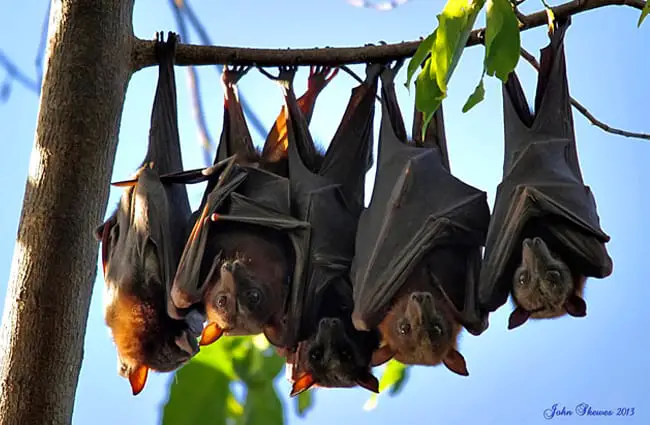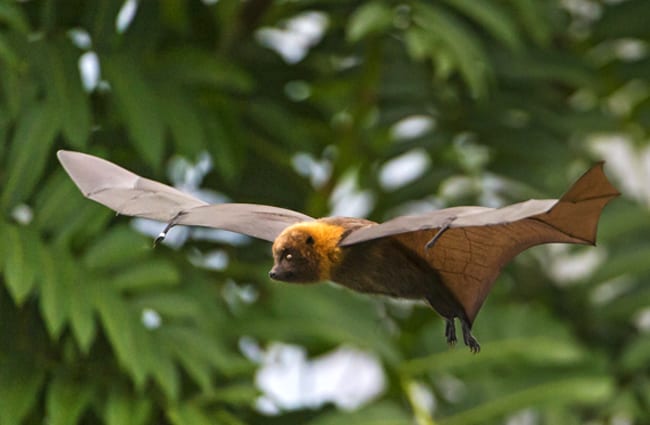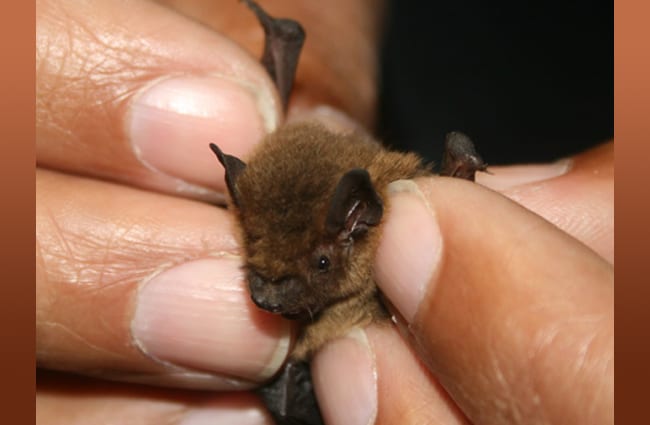The Enigmatic World of Bats
Often shrouded in myth and misunderstanding, bats are among the most fascinating and ecologically vital mammals on Earth. These nocturnal creatures, the only mammals capable of true sustained flight, play critical roles in ecosystems worldwide. From pollinating crops to controlling insect populations, bats provide services essential to both natural environments and human wellbeing. This comprehensive guide delves into the biology, behavior, evolution, and ecological significance of bats, offering insights for students, animal enthusiasts, and anyone curious about these remarkable animals.

What Defines a Bat?
Basic Biology and Physical Characteristics
Bats belong to the order Chiroptera, a name derived from Greek words meaning “hand‑wing.” This aptly describes their most distinctive feature: wings formed by a membrane stretching between elongated fingers and connecting to the body and legs. This unique adaptation allows for incredibly agile and controlled flight. Bat size varies drastically. The smallest bat, the bumblebee bat Craseonycteris thonglongyai, is only about 29–33 millimeters long and weighs around 2 grams. Conversely, the giant golden‑crowned flying fox Acerodon jubatus can have a wingspan of up to 1.7 meters and weigh over 1.4 kilograms. Bat skeletons are lightweight yet strong, with hollow bones contributing to their aerial prowess. Their vision varies between species; some rely heavily on sight, while others depend more on echolocation.
Echolocation: Seeing with Sound
Many bat species, particularly microbats, utilize echolocation to navigate and hunt in the dark. They emit high‑frequency sounds and interpret the echoes that bounce off objects in their environment. This provides them with a “sound map” of their surroundings, allowing them to detect and track prey, avoid obstacles, and even determine the texture of surfaces. The frequency and pattern of these calls are species‑specific and can be incredibly complex.

A Deep Dive into Bat Diversity
The Two Main Groups: Microbats and Megabats
Bats are broadly divided into two suborders: Microchiroptera (microbats) and Megachiroptera (megabats). Microbats generally rely on echolocation for navigation and primarily consume insects, although some species also feed on small vertebrates or fish. Blood feeding is restricted to vampire bats. Megabats, also known as fruit bats or flying foxes, are typically larger, have simpler noses, and primarily feed on fruits, nectar, and pollen. They generally navigate using vision and smell, and echolocation is limited or absent in most species.
Global Distribution and Habitats
Bats are found on every continent except Antarctica, inhabiting a wide range of habitats. They can be found in forests, caves, deserts, grasslands, and even urban areas. Some species are highly specialized, such as the Mexican long‑tongued bat which is adapted to feed on the nectar of specific cacti. Others are more generalist, adapting to a variety of environments and food sources. The availability of roosting sites, such as caves, trees, or buildings, is a major factor influencing bat distribution.

The Life of a Bat
Diet and Foraging Behavior
Bat diets are remarkably diverse. Insectivorous bats consume vast quantities of insects, playing a crucial role in pest control and pollination. Some species are specialists, targeting specific types of insects, while others are generalists. Frugivorous bats contribute to seed dispersal, helping to maintain forest ecosystems. Nectar‑feeding bats are important pollinators, particularly in tropical regions. Carnivorous bats prey on small mammals, birds, reptiles, amphibians, and even fish. Vampire bats, found in Central and South America, are unique in their blood‑feeding habits, using sharp teeth to make small incisions and lap up blood from livestock or other animals.
Reproduction and Life Cycle
Bat reproductive strategies vary depending on the species. Most bats have a relatively slow reproductive rate, typically producing only one or two offspring per year. They exhibit delayed implantation, where the fertilized egg is not immediately implanted in the uterus, allowing the female to time birth with favorable conditions. Gestation periods range from a few weeks to several months. Young bats, called pups, are typically born helpless and are cared for by their mothers for several months. Bats can live for a surprisingly long time; some species have lifespans exceeding 30 years.

Bats and Their Ecological Role
Ecosystem Services
Bats provide numerous ecosystem services that benefit both natural environments and human societies. Insectivorous bats consume vast quantities of insects, including agricultural pests, reducing the need for pesticides and saving farmers billions of dollars annually. Frugivorous bats disperse seeds, contributing to forest regeneration and maintaining plant diversity. Nectar‑feeding bats pollinate a wide range of plants, including economically important crops. Guano, bat droppings, is a rich source of nutrients and is used as fertilizer in some regions.
Interactions with Other Animals
Bats interact with a wide range of other animals. They serve as prey for owls, hawks, snakes, and other predators. They compete with other insectivores and frugivores for resources. They can also transmit diseases to other animals, including humans. Some bats form symbiotic relationships with other species, such as providing pollination services to plants or serving as roosting sites for other animals.

Bats and Humans
Cultural Significance
Bats have held diverse cultural significance throughout history. In some cultures, they are revered as symbols of good luck, longevity, and prosperity. In others, they are associated with darkness, mystery, and evil. Bats appear in folklore, mythology, and art around the world. Their image has often been used in literature and film, sometimes portraying them as monstrous creatures and other times as heroic figures.
Threats and Conservation
Many bat species are facing significant threats, including habitat loss, climate change, white‑nose syndrome (a fungal disease), and persecution. Habitat loss due to deforestation, urbanization, and agricultural expansion is a major threat. Climate change can disrupt bat migration patterns and affect food availability. White‑nose syndrome has caused catastrophic declines in bat populations in North America. Persecution, such as intentional killing of bats due to fear or misinformation, also contributes to population declines. Conservation efforts include habitat protection, disease management, public education, and legal protection.
Encountering a Bat in the Wild & Bat Care in Captivity
If you encounter a bat in the wild: Observe it from a distance. Do not attempt to handle it. If the bat appears sick or injured, contact a local wildlife rehabilitation center. If you are bitten or scratched by a bat, seek medical attention immediately, as bats can carry rabies.
For zookeepers caring for bats in captivity: Provide a spacious enclosure that mimics their natural habitat. Maintain appropriate temperature and humidity levels. Offer a varied diet that meets their nutritional needs. Monitor their health regularly and provide veterinary care as needed. Minimize disturbance and provide opportunities for natural behaviors, such as flying and roosting. Strict biosecurity protocols should be followed to prevent the spread of diseases.
Conclusion
Bats are truly remarkable creatures, playing crucial roles in ecosystems around the world. Despite facing numerous threats, these fascinating animals continue to captivate and inspire. By understanding their biology, behavior, and ecological significance, we can work towards their conservation and ensure that future generations can continue to marvel at the enigmatic world of bats.

![Red Angus Closeup of a beautiful Red Angus cowPhoto by: U.S. Department of Agriculture [pubic domain]https://creativecommons.org/licenses/by/2.0/](https://animals.net/wp-content/uploads/2020/03/Red-Angus-4-238x178.jpg)




![Red Angus Closeup of a beautiful Red Angus cowPhoto by: U.S. Department of Agriculture [pubic domain]https://creativecommons.org/licenses/by/2.0/](https://animals.net/wp-content/uploads/2020/03/Red-Angus-4-100x75.jpg)

